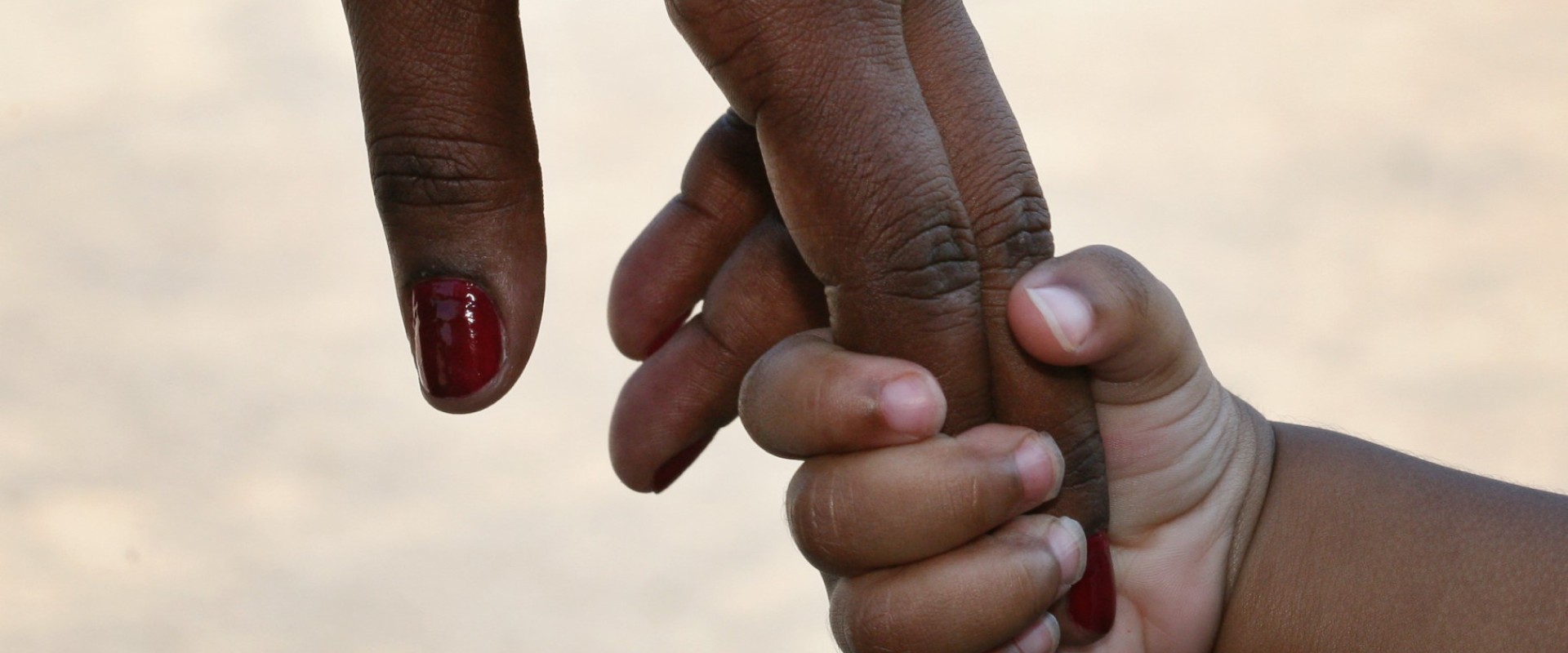A Tale of Two Returning Mothers
Eddel, a mother of three, is among 15,000 migrants who returned to Ethiopia under the Assisted Voluntary Return and Reintegration (AVRR) programme. She had lived in Sudan with her family for six years.
Like Eddel, Ayana is another Ethiopian mother who got back from Sudan after 15 years.
The two women shared their emotional stories on why they had left the familiarity of where they were born and sought to live in a neighbouring country.
“Working as a maid and as a street hawker was a daily struggle. My children were unwell and were abused. That is why I decided to finally return to Ethiopia,” lamented Eddel.
She had left for Sudan after struggling to take care of her children from three failed marriages. Relatives supported her decision to emigrate, saying in Sudan her life could only get better. She obtained a passport and borrowed money from an uncle to pay for the three-day bus journey to Khartoum.
“I lived in Sudan for two years where I worked as a maid. Sometimes, I would sell coffee and tea on the street. All that work was so I could send money to my mother who was taking care of my children back in Ethiopia,” Eddel said.
She returned to Ethiopia and stayed for a while but re-migrated to Khartoum in 2015. However, her situation did not improve. As a result, she struggled to take care of her three. The family’s plight worsened when Eddel developed goitre, an abnormal enlargement of the thyroid, which required surgery and ongoing treatment.
Ayana, who was brought up by an uncle in Addis Ababa, left for Khartoum to join a cousin. “I worked as a maid for Sudanese families, but I had to stop working to take care of my sick child. She was born with a physical disability,” she said tearfully. With the support of a wheelchair provided by IOM, Ayana’s daughter can now move around independently.
Ethiopia is a country of origin, transit and destination for migrants. It also accounts for the largest migrant movements in the region, many of who set out for the Middle East through Djibouti and Yemen on the so-called Eastern route. Others choose the Northern Route to Europe through Sudan and Libya. Yet another route preferred by some Ethiopians is the Southern Route, the overland trail to South Africa through Kenya, Tanzania and countries in southern Africa.
“On the Eastern route, most irregular migrants find themselves at great risk of violence, abuse and exploitation from smugglers, traffickers, and factions in war-torn Yemen,” said Pekka Marjamäki, a project officer at IOM Ethiopia. “They are also exposed to starvation, dehydration and the elements.”
Many of those lucky enough to make it back with IOM’s assistance, like Eddel and Ayana, receive economic and reintegration support meant to ease the process of starting again.
“I’m grateful for what IOM has been doing to assist me, and for the medical attention my daughter is getting,” said Ayana. “I really look forward to starting afresh, and my priority is to make sure my children receive a decent education, something I never had the privilege of getting myself.”
AVRR is an essential component of effective and humane migration management that makes it possible for thousands of Ethiopian migrant returnees to be provided with vital assistance such as food, shelter, psychosocial support, medical attention and the option to open a small business or to obtain vocational education.
The work is funded by the EU-IOM Joint Initiative for Migrant Protection and Reintegration in the Horn of Africa (the EU-IOM Joint Initiative), the European Civil Protection and Humanitarian Aid Operations, and the U.S. State Department’s Bureau of Population, Refugee and Migration, and the Government of Denmark.
About the EU-IOM Joint Initiative
Launched in December 2016 and funded by the European Union (EU) Emergency Trust Fund for Africa, the programme brings together 26 African countries of the Sahel and Lake Chad region, the Horn of Africa, and North Africa, the EU and IOM around the goal of ensuring migration is safer, more informed and better governed for both migrants and their communities.
